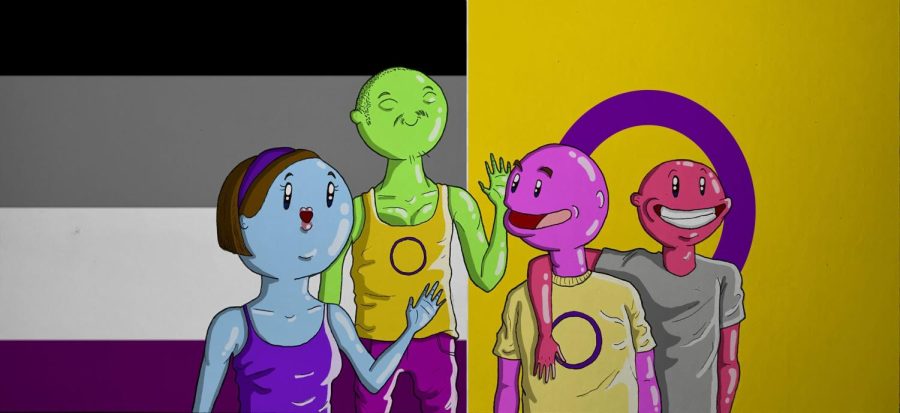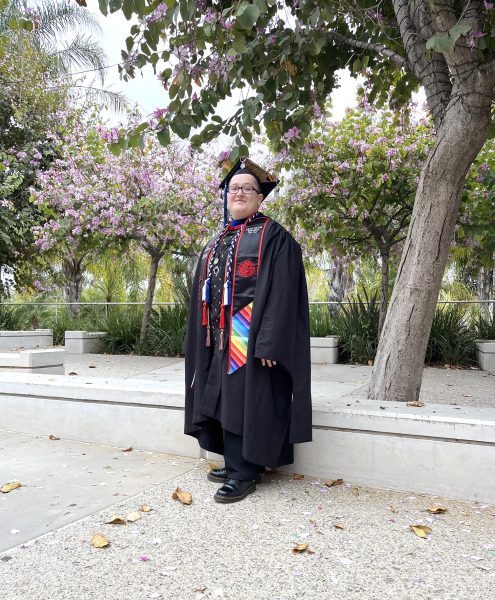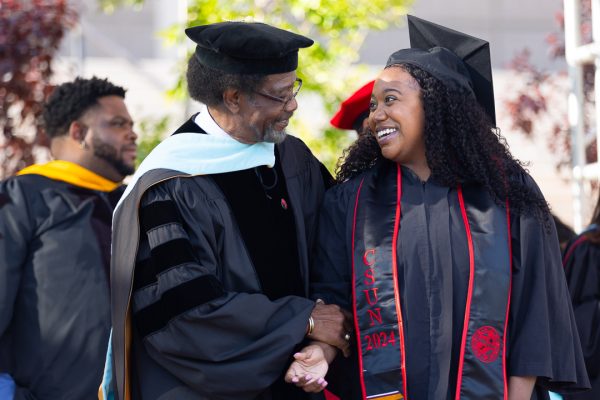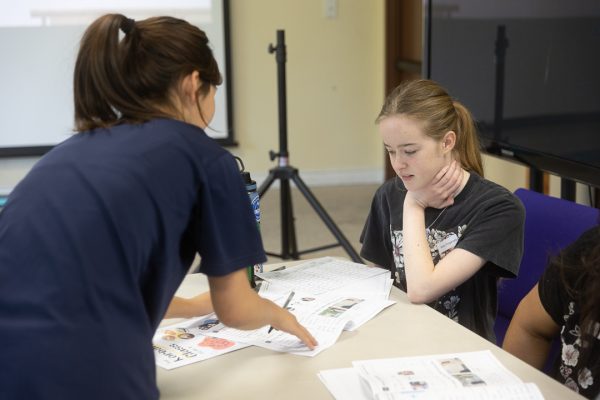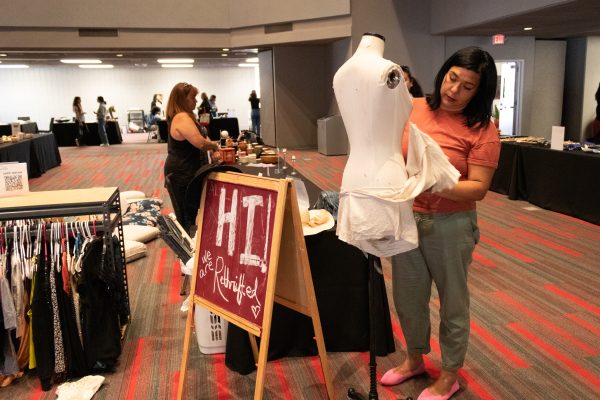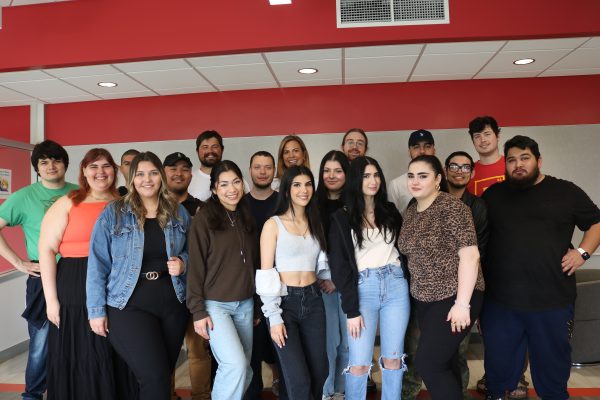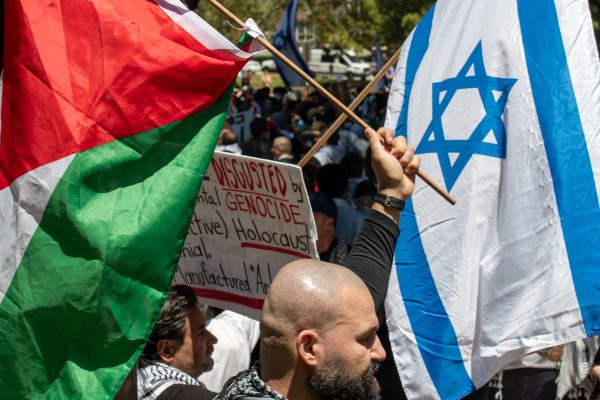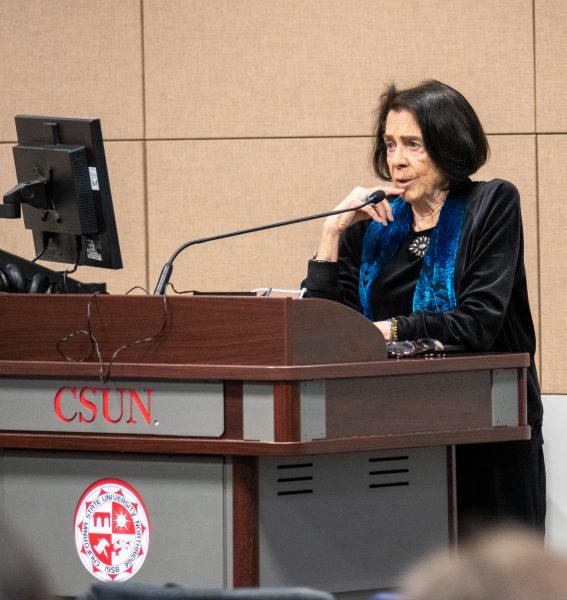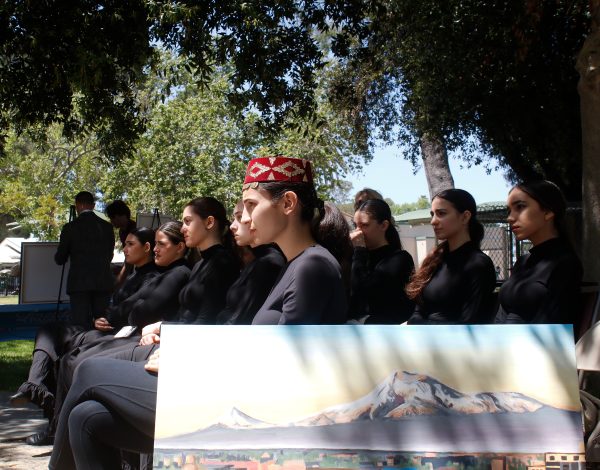Events bring awareness to asexual and intersex communities
Illustration
November 22, 2022
The week of Oct. 23 was dedicated to two LGBTQ awareness periods: Asexual Awareness Week and Intersex Awareness Day. The former, also known as “Ace Week,” occurs every last full week of October, while the latter is observed each Oct. 26.
“Experts estimate that up to 1.7 percent of the population are born with intersex traits,” according to the United Nations Human Rights Office of the High Commisioner’s website. A study from The Asexual Visibility & Education Network claimed that 1% of the global population identifies as asexual.
Intersex is an umbrella term that encompasses a variety of sexual and reproductive traits that do not fall under the medical binary. Asexuality is a sexual orientation where a person feels little to no sexual attraction.
Intersex and asexual are usually the sixth and seventh letters in the acronym “LGBTQIA.” For reference, the first five letters stand for lesbian, gay, bisexual, transgender and queer/questioning.
Advocacy group InterACT said that intersex differs from the rest of the letters because it refers to sexual and reproductive anatomy rather than sexual orientation and gender identity.
Asexuality and intersexuality have their own sets of misconceptions. CSUN queer studies professor Robert Doyle said that asexuality is not as widely known or understood as other sexualities. In some instances, many people may confuse celibacy for asexuality; however, the former is a choice and the other is not.
Doyle said that narrow understandings of intersex and asexual people can lead to misconceptions and may even cause harmful outcomes for both groups. It could lead to a medical or psychological misdiagnosis, further marginalization and stereotyping, and even physical and psychological abuse.
“Misconceptions breed ignorance,” said Doyle. “This is dangerous at any level. It is particularly concerning for vulnerable, marginalized groups in the queer community.”
The queer studies professor explained that both groups of people face detrimental challenges.
Intersexuality is a natural occurrence, but some medical practices treat it as a condition, according to Doyle. He said it is common for parents of intersex offspring to authorize genital surgery on their babies, and give them hormones to make them pass as either male or female. Asexual people, on the other hand, face social pressures to engage in sexual activity, which can lead to interpersonal conflict, according to Doyle.
Intersexuality and asexuality have a recorded literary history that dates back over a century. Sexologist Magnus Hirschfeld had the earliest published understandings of asexuality in his 1896 book “Sappho und Sokrates.” He called people without any sexual desire “anesthesia sexual.”
The Kinsey scale, a sexual orientation rating scale from the 1940s, developed the current understanding of asexuality. The scale ratings ranged from zero to six, which runs from exclusively heterosexual to exclusively homosexual. Asexuality was listed as an “X,” which meant “no socio-sexual contacts or reactions.”
The Oxford English Dictionary noted that the word “intersex” has existed since the late 1700s. Geneticist Richard Goldschmidt is credited for coining the terms “intersex” and “intersexuality” in how we think of it today. Before that, it used to mean relationships “between the sexes.”
Doyle explained that the queer community encompasses all “who do not conform to socially-conditioned gender normativity,” including asexual and intersex individuals. He believed that awareness periods for the two can help strengthen support.
“It is important to raise awareness of asexuality and intersex so that we might change misconceptions, avoid harming persons,” said Doyle. “And, ultimately, support these vital members of the LGBTQIA+ community.”
